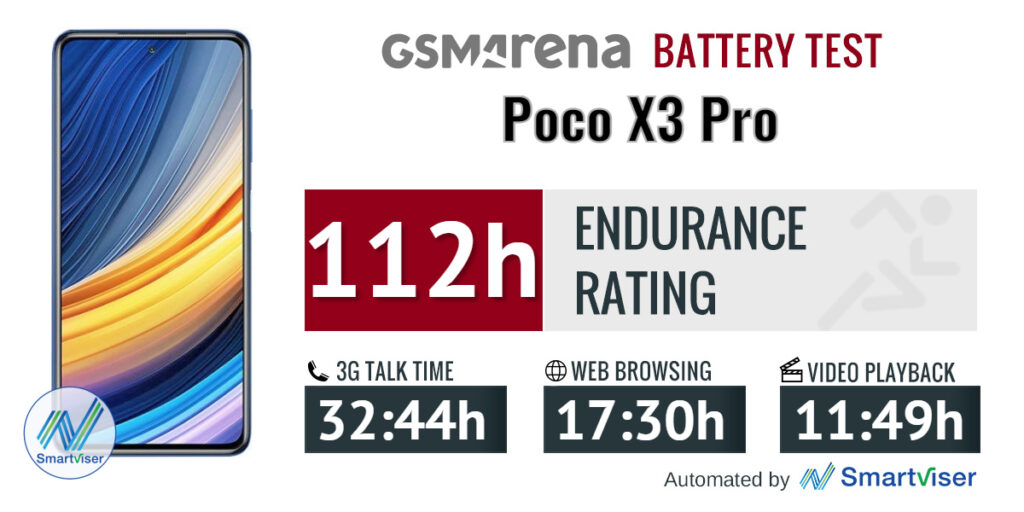Top Web Design Features You Should Consider
The best advice for redesigning your website that we can give you is undoubtedly to put yourself in the place of your visitors when you design your site. It is for them that you created it and even have a website. For our cheap web design packages we help companies understand what their customers want and expect to see on their websites. This is a super important but often ignored aspect of website redesigns.
Companies ignore a fundamental aspect such as the essential features that their website must meet to be fully functional. That is why in this post we have compiled the most important aspects when redesigning a quality website.
1. A Clear, Simple, and Precise Home Page
This is the page that will often have the highest traffic. It is therefore essential that visitors immediately want to know more.
Contrary to what you might think, it is not the beauty of your design, which after all is only very subjective, that will drive your visitors to action. No, they will not marvel at him. They're looking to do something or find information, that's all.
Your first objective will be to simplify their lives: keep it simple. Of course, all of your pages must also respect this rule because your visitors can access your site from any page.
2. Readable Texts
Reading text on a computer quickly tires your eyes, so avoid too large or too thin text columns, illegible or too exotic fonts, and texts on gray background.
Prefer instead:
- black text on white background
- a standard font size (no microscopic or macroscopic font).
- classic font
- underlining links exclusively
- page plans divided into paragraphs with titles, sub-titles
3. No Too Much Animations
Avoid animations and other unnecessary web pop-ups on the site as much as possible. Apart from the fact that they slow down the loading time of the site, they tire the eyes enormously and especially, exasperate the visitors who spend their time having to close them or juggle between them to read the rest of the page.
4. Importance of Web Speed.
Pages that take a long time to load are a problem. For all of us, our time is worth money, and what bothers anyone the most is having to wait.
Avoid unnecessary content on your website. Remove non-related images, videos, and all other types of content which are not relevant to your brand. Aside from giving confusion to your visitors' understanding of what your brand is about, it also contributes to the loading page rate of your website.
The index of a web page must have a fast loading if not, many users will abandon browsing without giving an opportunity to see the site, although its content may be useful to them.
5. A Readable Page Map
Each page should have a title and be airy with a nice layout. Use subtitles, short, concise paragraphs. Let your internet users find their way around easily.
6. Accessible and Intuitive Menus
Don't expect your visitors to spend more than 10 seconds trying to understand how your site works. Your menu should be clear and accessible at first glance.
7. A Visual Hierarchy of the Elements
In order to catch the eye of your visitors, it will be necessary to play on the contrasts of the most important areas of your site. But be careful not to abuse it at the risk of making them dizzy. A good exercise to check if your contrast is good: blur your page slightly with Photoshop for example. Where is your eye in priority?
As a reminder, the objective of a search engine is to offer the most relevant answer to users' questions. However, what normally makes a web page effective is, on the one hand, the quality of its content and on the other hand its structure. If a site is easy to browse for search engines, they will tend to consider that it will also be for the reader. Therefore, good site features, ergonomics, and SEO go hand in hand.








